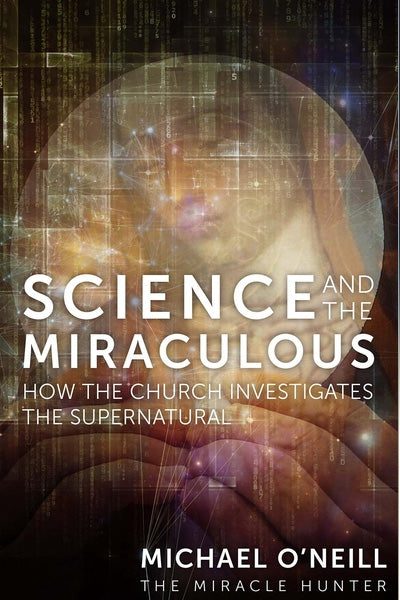
Science and the Miraculous
U.S. Delivery in 3-9 business days.

Can miracles be proven by science? How does the Catholic Church validate claims of the supernatural?
Some might say that miracles are a thing of the past, relegated to a more credulous and superstitious age before humanity fully embraced the certainty and exactitude of scientific study. According to author Michael O'Neill, the "Miracle Hunter", true miracles are by definition rare, but still occur today. And in this present age of skepticism, where the worship of science and reason have pervaded the culture, the existence of the supernatural is to be appreciated now more than ever before.
Though it may come as a surprise to some, the Catholic Church turns to science to assist in the investigation and validation of claims of supernatural phenomena and miracles that appear to violate the laws of nature and our common human experience.
Science and the Miraculous takes readers through the Church's rigorous investigation of miraculous occurrences, including:
The Catholic Church employs a combination of strict, centuries-old criteria for evaluating proposed cases of miracles with the most modern methods of medical examination to arrive at explanations for the purportedly inexplicable. If natural causes can be attributed or if frauds and hoaxes can be exposed, the Church will uncover the truth.
But if science can show that miracles can and do happen, what will you believe?
While belief in the supernatural ultimately requires faith, discover in this thorough investigation how science is a gift from God to aid our faith, and to educate our minds about the truths our heart already knows.